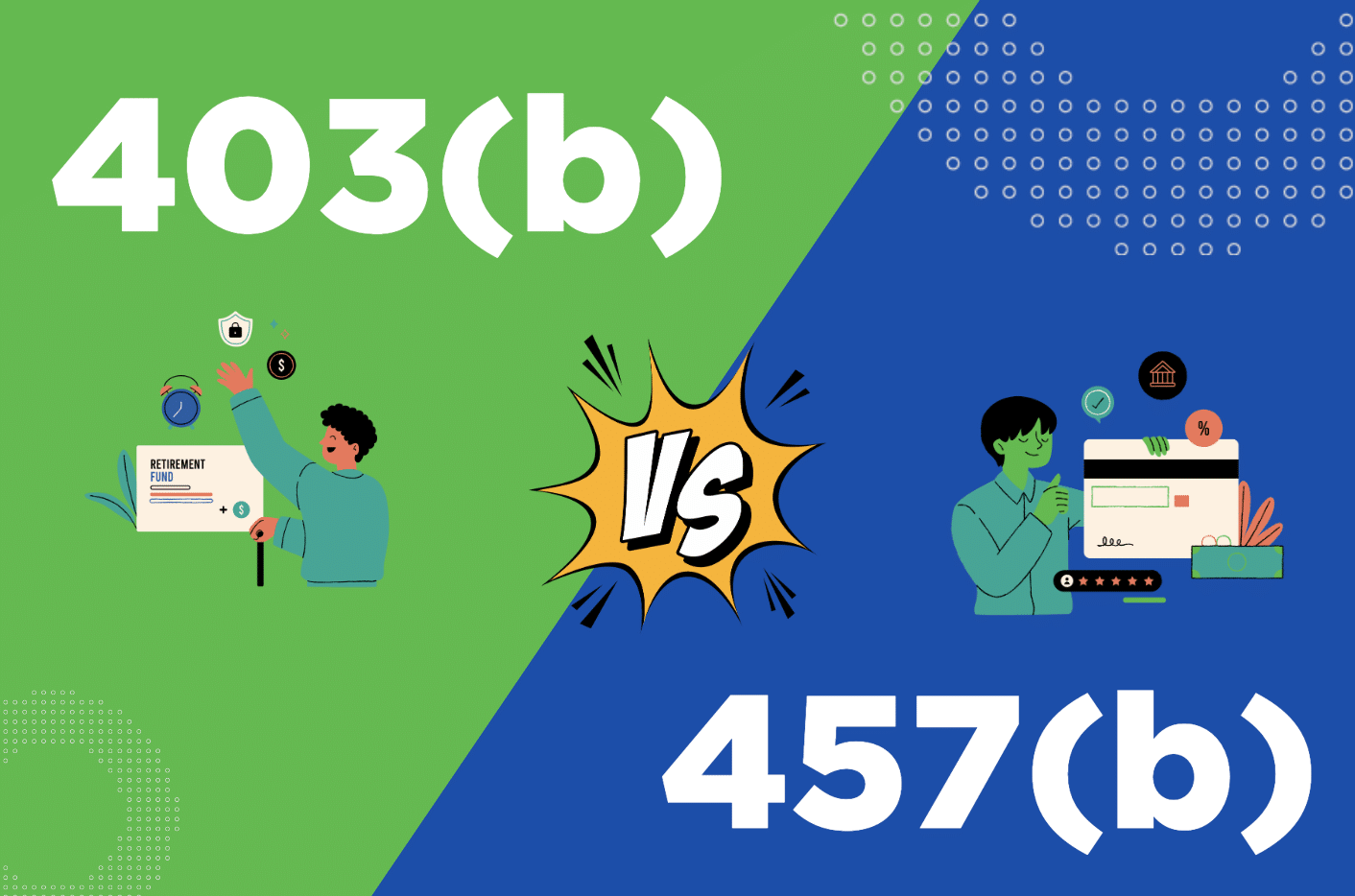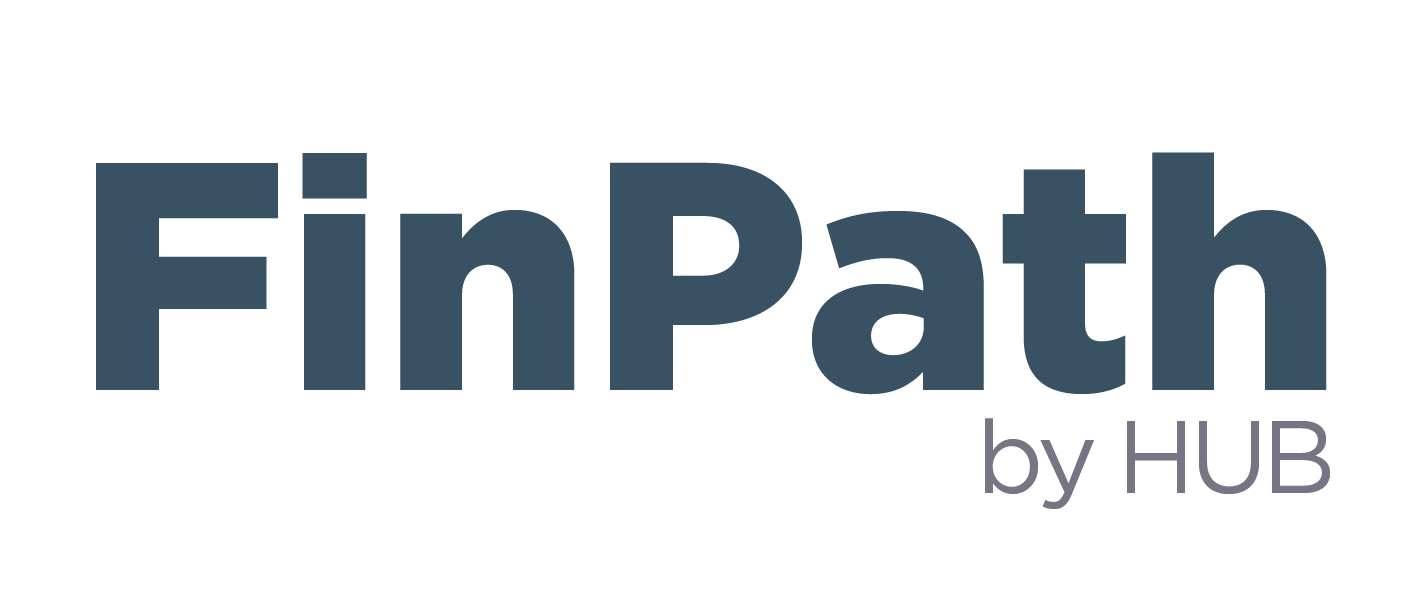
403(b) and 457(b) plans are both types of retirement savings plans, primarily offered to employees of certain nonprofit organizations and government entities, respectively. While they have some similarities, they also have key differences. As we close out National Retirement Security Month, we’ll go in detail on what you need to know about your 403(b) or 457 retirement savings plans so you can be well informed and prepared for your retirement years.
✅ Eligibility
403(b) Plan: In the United States, a 403(b) plan is a retirement savings plan available to employees of public schools, non-profit organizations, and self-employed clergy. While often offered as an annuity product, these plans are available for either annuities or mutual fund investment.
457(b) Plan: This plan is designed for employees of state and local governments, including public schools and other government entities.
✅ Contribution Limits
The annual contribution limits for both plans may vary from year to year. As of 2023, you can contribute up to $22,500 pear year or up to $30,000 if you are age 50 and older. Employees could contribute a certain amount of their income to these plans, with catch-up contributions available for individuals age 50 and older.
✅ Withdrawal Rules
Both plans have rules about when you can withdraw funds without penalties. Typically, withdrawals before the age of 59½ may result in early withdrawal penalties, but exceptions and rules can vary between the plans.
403(b): There is a penalty of 10% for 403(b) plans that have withdrawals before the participant reaches the age of 59½. This penalty can be avoided under special circumstances, such as a qualified medical expense, separation from an employer after age 55, death of the employee, or disability.
457(b): Unlike other retirement plans, there is no withdrawal penalty if you withdraw from your 457 plan before your retirement—as long as you either leave your employer or you have a qualifying hardship. This means you can withdraw any amount from your 457 plan before you are 59½ (the retirement age) without being slapped with a penalty from the IRS. However, the taxes are applicable on all withdrawals. So, the taxes on investments made in a 457 plan are deferred until withdrawal.
✅ Distribution Rules
403(b) plans may allow in-service withdrawals under certain circumstances, while 457 plans often have more flexible in-service withdrawal options.
✅ Government Regulations
403(b) plans are subject to regulations under the Employee Retirement Income Security Act (ERISA), which provides certain protections for participants. 457 plans may or may not be subject to ERISA, depending on the specific plan and employer.
✅ Employer Contributions
Some employers may choose to make contributions to their employees’ 403(b) or 457 accounts, but this varies depending on the employer’s policy.
✅ Roth Options
Some 403(b) plans and 457 plans offer a Roth option, which allows you to make after-tax contributions. Roth contributions grow tax-free, and qualified withdrawals are also tax-free.
✅ Investment Options
Both plans offer a range of investment options. The specific options available can vary based on your employer’s plan. These are some of the most common investment options you may find:.
Mutual Funds: Most 457 and 403(b) plans offer a selection of mutual funds. These funds can include a variety of asset classes such as stocks, bonds, and money market instruments. You may have access to both actively managed and passively managed (index) funds.
Target-Date Funds: These funds are designed to be a one-stop solution for retirement investors. They automatically adjust the asset allocation over time, becoming more conservative as you approach retirement. The target date corresponds to your expected retirement date.
Exchange-Traded Funds (ETFs): Similar to mutual funds, ETFs are investment funds that trade on stock exchanges. They can provide a cost-effective way to diversify your portfolio.
Individual Stocks: Some plans may allow participants to invest in individual stocks. This gives you more control over your portfolio but also requires more active management.
Annuities: An annuity is an insurance contract that exchanges present contributions for future income payments. Annuities have widely varying terms, and some come with high costs.
Have a question about your retirement plan?
Ask your question and we will respond as soon as possible!
